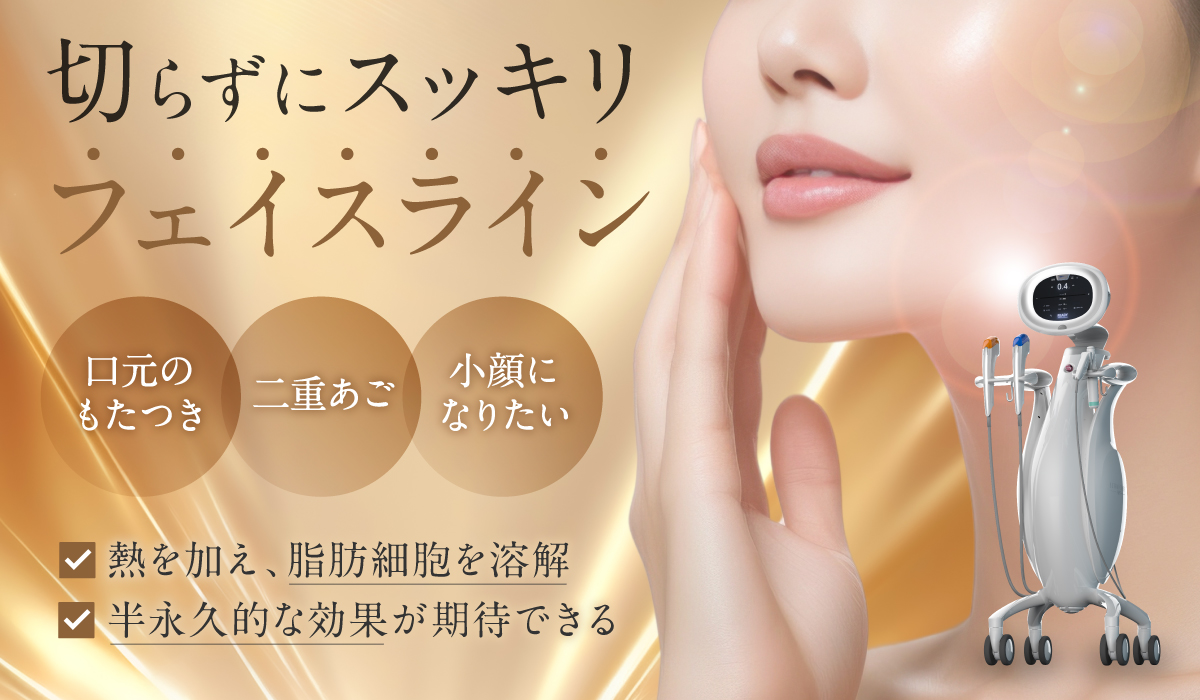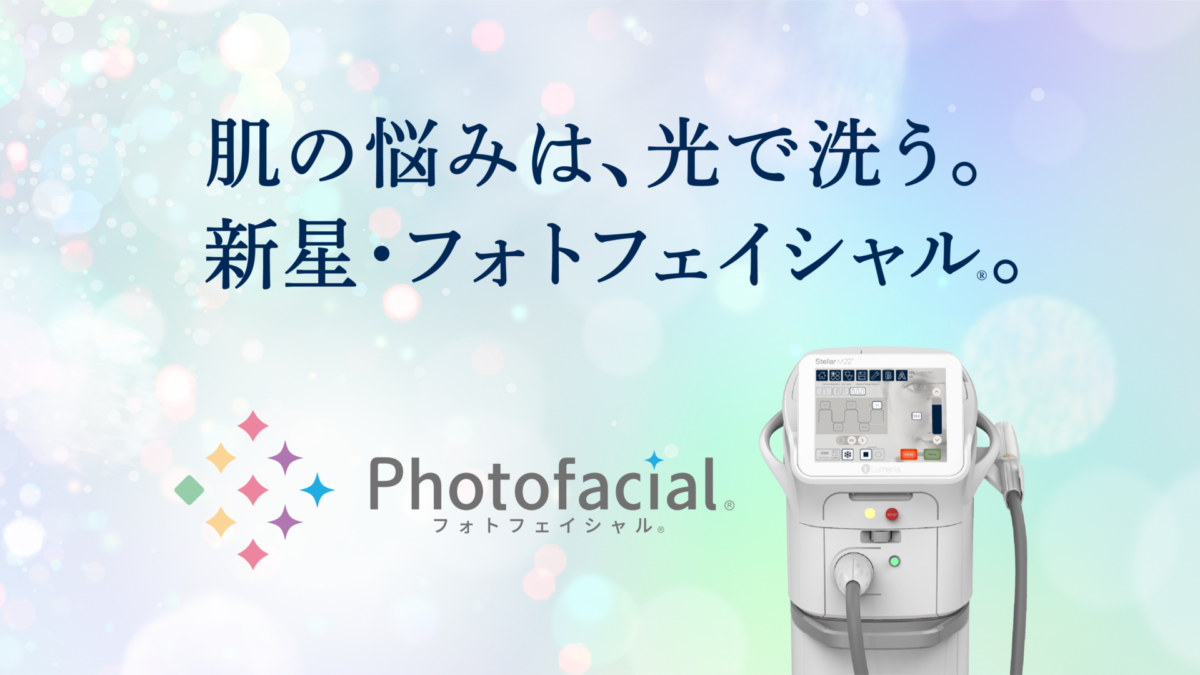The causes of wrinkles vary depending on where they occur. Wrinkles in the epidermis are caused by dry skin, while wrinkles in the dermis are caused by continuous skin movement.
First, let’s explain the two causes of wrinkles.
Epidermal wrinkles | Temporary due to dryness
Epidermal wrinkles, also known as fine lines, that form around the eyes and mouth are mainly caused by dry skin. The epidermis is the surface part of the skin.
When the skin is dry, the stratum corneum is more likely to peel off, and moisture evaporates from the gaps, making wrinkles more likely to occur.
Fine wrinkles can also occur in young people, but when you are young, your skin is elastic, so even if wrinkles occur, they are only temporary. As the skin ages, the elasticity of the skin also decreases, so fine wrinkles that have already formed are difficult to reverse.
Dermal wrinkles | Caused by repeated facial movements
Wrinkles that occur due to changes in the cells of the dermis are called “dermal wrinkles.” The dermis is a layer of skin deeper than the epidermis. Dermal wrinkles are caused by repeated facial movements.
Dermal wrinkles are caused by the deterioration and reduction of collagen, which gives skin firmness, and elastin, which acts on skin elasticity.
When damaged by ultraviolet rays, the number of cells that produce collagen and elastin decreases, or they are no longer produced at all. As a result, collagen and elastin also decrease, causing the skin to become loose.
Repeated facial movements on loose skin make it difficult for wrinkles to return to their original shape.
Dermal wrinkles are divided into fine wrinkles that are engraved perpendicular to the facial muscles, and large wrinkles that appear around the mouth and on the contours of the face due to aging.
UV protection is important to prevent and combat wrinkles and sagging.
Dermal wrinkles, which are the most serious type of wrinkle, occur when ultraviolet rays reduce collagen and elastin in the body. UV rays also cause dryness, which causes epidermal wrinkles.

There are several types of UV rays, but UVA rays, which reach deep into the skin, are particularly likely to cause wrinkles.
UVA rays that reach deep into the skin damage fibroblasts, which produce substances such as collagen and elastin. Skin that has lost its elasticity due to UVA attacks is at a higher risk of wrinkles and sagging.
UVA also increases melanin, a substance that causes spots, so UV protection is important to maintain youthful skin. UVA rays have a high radiation dose and reach deep into the skin, so they have a large impact on wrinkles. In addition, they can reach the skin through glass, so protection is necessary regardless of the season.
Wrinkles may also be improved using cosmetics. The method of improving wrinkles with cosmetics differs between epidermal and dermal wrinkles.
In the case of epidermal wrinkles, careful moisturizing and regulating the skin texture and turnover are likely to improve the condition. Turnover refers to the cycle in which the skin is reborn every day. If the turnover cycle can be improved, it is possible to make wrinkles less noticeable. Thorough moisturizing can eliminate dryness of the keratin, which can normalize the turnover speed.
In the case of dermal wrinkles, it is important to use creams and serums containing ingredients related to collagen and elastin. However, collagen molecules are large and do not blend well with the skin, so care applied from the surface of the skin will not be very effective.
It is necessary to increase collagen from the inside of the skin by increasing the fibroblasts that produce collagen and the dermal stem cells that produce fibroblasts.
If you want to fundamentally improve wrinkles, in addition to using commercially available cosmetics, receiving treatment at a clinic is also an option. Most cosmetics on the market only penetrate the epidermis, which is the surface of the skin.
Since most of the cells that are effective in improving wrinkles are present in the dermis, cosmetics have limited effect.
At clinics, we have treatments and equipment that can reach the dermis. If you are looking for a way to get rid of wrinkles, consider treatment at a clinic.
Here are some of the treatment methods we use at our clinic.
1.Dermapen
Dermapen is a treatment that promotes the regeneration of skin tissue by making holes in the skin with fine needles. When the needle is inserted into the skin with the dermapen, fibroblasts are activated, promoting the production of collagen and other substances that affect wrinkles.
However, be aware that the effects are not immediately apparent after treatment. On average, it takes about five dermapen treatments, and each treatment should be spaced about three to four weeks apart.
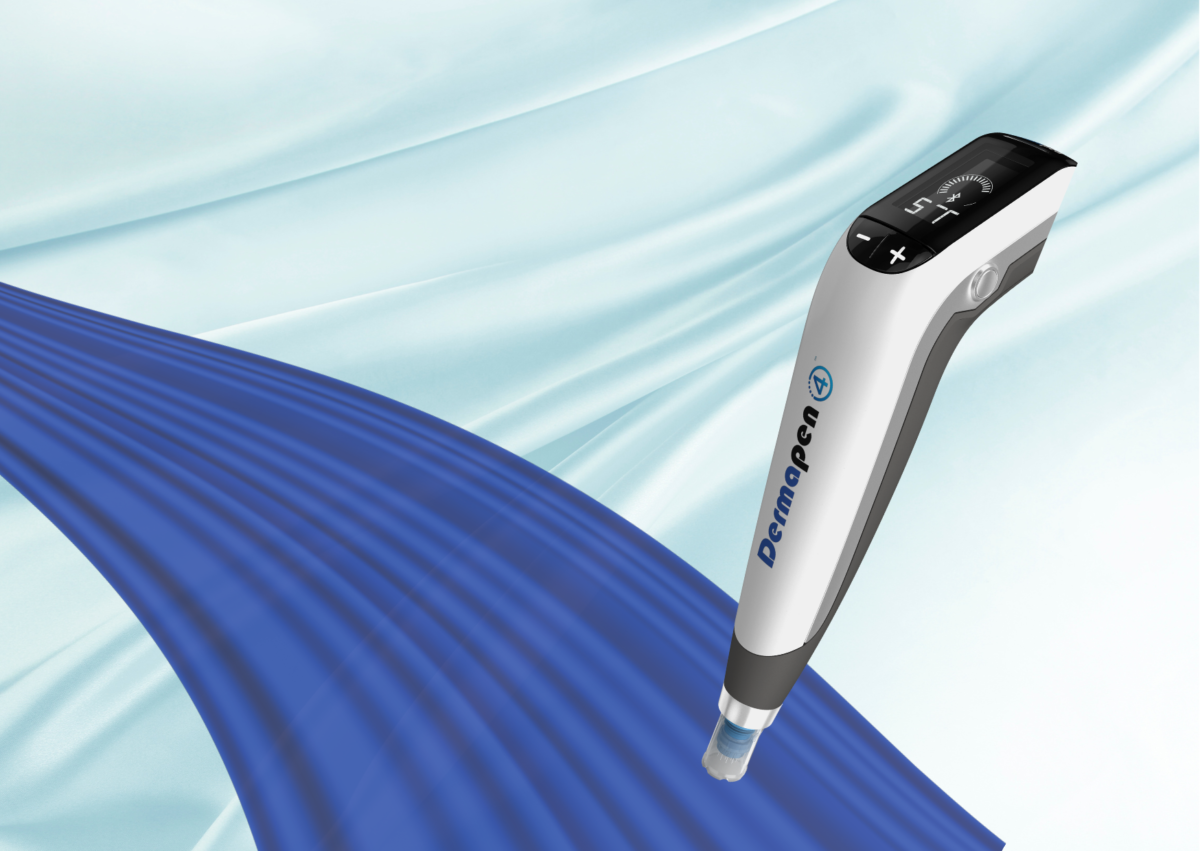
2.HIFU
HIFU (High-Frequency Imaging) is a treatment that uses ultrasound to improve sagging skin. It has a high tightening effect because it applies ultrasound to the fascia (SMAS), which is the foundation of the skin.
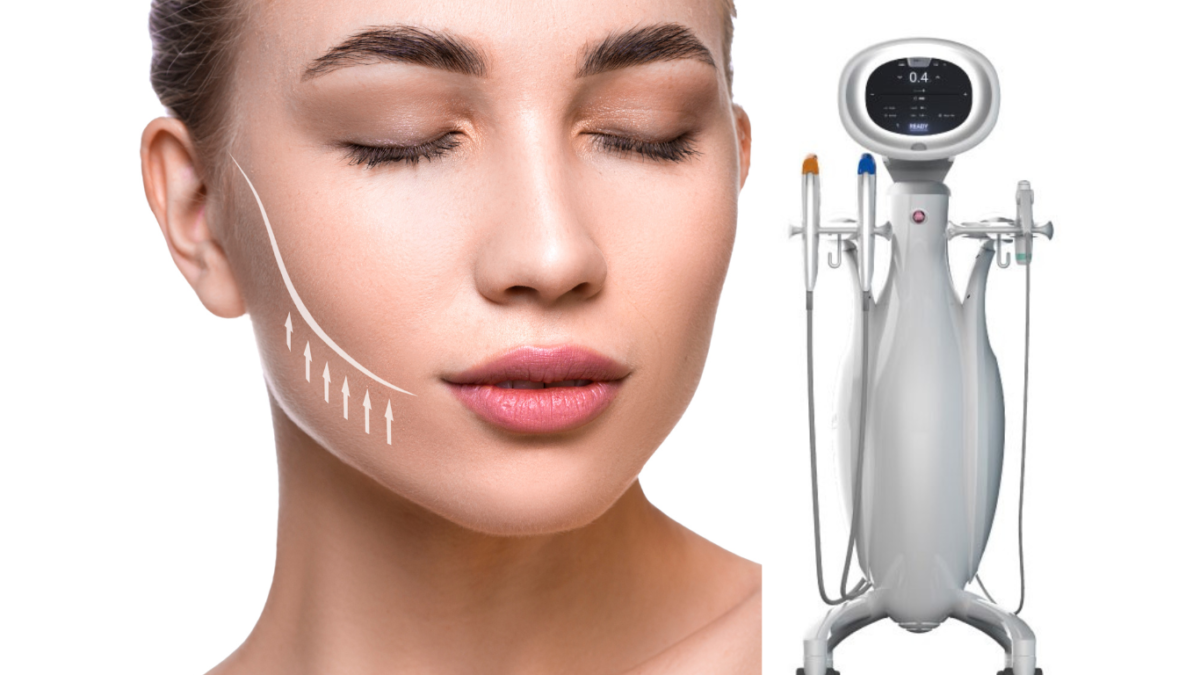
3. Botox injection
Botox injections not only relax the muscles at the injection site, making the appearance clearer, but they are also effective in improving wrinkles on the forehead and between the eyebrows.
In most cases, wrinkles are caused by muscle contraction. Botox injections suppress muscle contraction, so wrinkles can be expected to decrease.
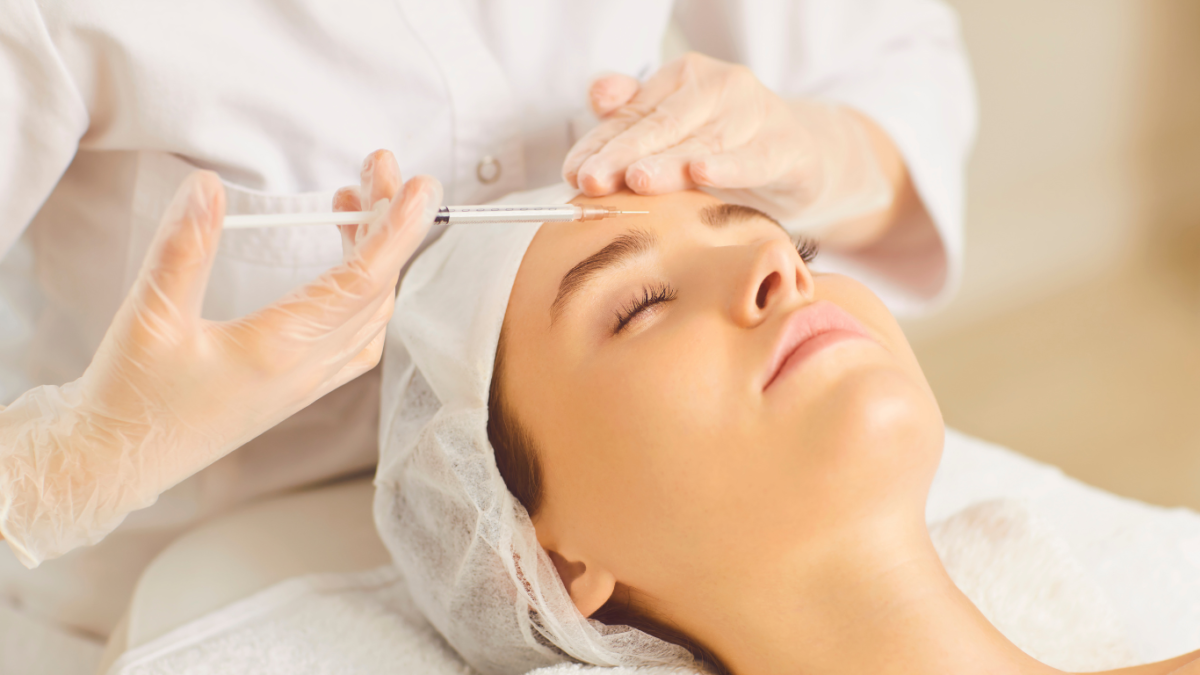
4.Hyaluronic acid injection
This is a treatment in which hyaluronic acid, which has excellent moisturizing and water absorption properties and elasticity, is injected into various parts of the body.
When hyaluronic acid is injected into the grooves of wrinkles, the dermis lifts the epidermis, increasing the overall volume of the skin. As a result, wrinkles and nasolabial folds become less noticeable, and you can feel the effects.
Hyaluronic acid is a substance that is naturally present in the body, so there is little risk of problems from injections. However, in rare cases, it may cause pain or swelling.



